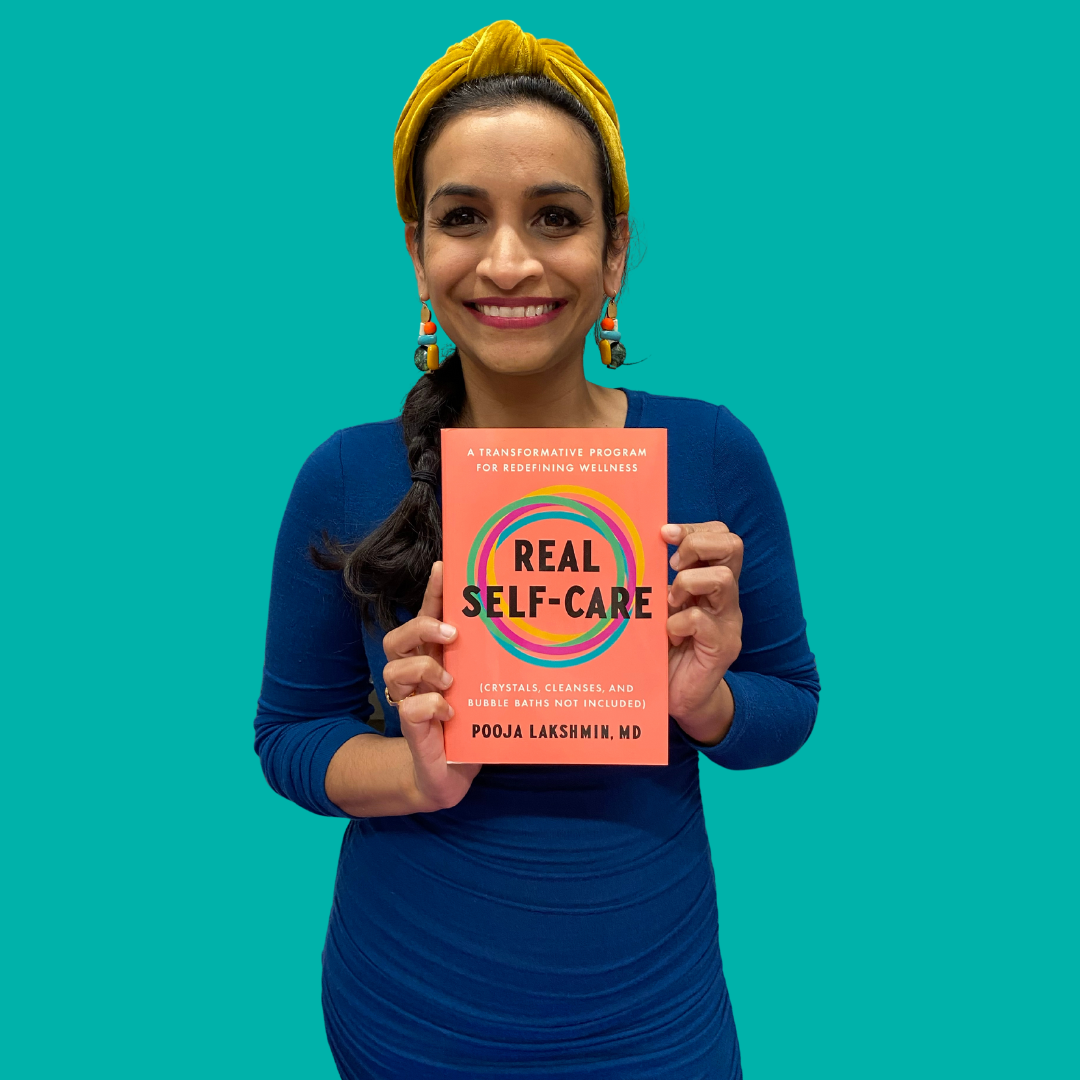Art Therapy for Grief
August 30th is National Grief Awareness Day and this year we’re highlighting how art therapy can be a great coping mechanism for those struggling with grief. At Sage House Therapy, we use art therapy as a tool to process grief.
When people think of grief, they often only focus on the grief that stems from the death of. A loved one. But there are a lot of different scenarios in which a person can grieve in. Whether it’s the loss of a loved one, a relationship of any kind, a home, a job, or a dream, we can all express grief in many different ways. Whatever situation is causing you grief, it is legitimate.
Types of Grief
Anticipatory grief is when you’re grieving before the actual loss. For example, if you or a loved one were diagnosed with a terminal illness and it is clear the end is near, you may start processing that grief beforehand. We do this to prepare ourselves to face the loss when the time comes. However, it’s important to not allow grief to distract you from living in the moment and enjoying the precious time you do have.
Abbreviated grief is when someone is able to move through the grieving process quickly. This type of grief commonly follows anticipatory grief. If you’ve already done a lot of the emotional labor of grieving before the loss actually happens, you can expedite the processing stage.
Delayed grief is when you don’t feel grief immediately after the loss of a loved one or relationship or job. Sometimes it takes days, weeks or even months to work through the emotions of grief. Our bodies can go into shock following a traumatic experience which can also delay the grieving process.
Inhibited grief is when we repress our emotions following a loss. A lot of us have never been taught how to recognize our confusing emotions, let alone process them, as we’re experiencing grief. Therefore, a lot of people don’t even realize they’re repressing their emotions. When you don’t allow yourself to process those feelings, it can manifest as physical symptoms such as stomachaches, insomnia, or panic attacks.
Using Art Therapy to Process Grief
At Sage House Therapy, we use art therapy as a tool to process the emotions that come during periods of grieving. Here are a few examples of art therapy exercises you can try to help process grief.
The Wooden Box
When grieving the loss of a loved one, a great exercise to try is the wooden box, sometimes referred to as memory boxes. People can use photographs or clothing or jewelry or anything that reminds them of their loved one. We use those mementos to decorate the box (inside or outside) in any way you want. The boxes purpose is to serve as a memorial or reminder of their loved one.
The practical application of the box is that it can be opened or closed. It will contain grief. Grief often comes in waves or unexpectedly, so in art therapy we practice from the perspective that the box helps contain those feelings in a way that’s health. With the box, you have a place to put your feelings that you can go to and reflect or remember your loved one. If it was a traumatic loss, the box can even offer control over something that felt out of control.
Left Brain vs. Right Brain
During periods of anticipatory grief, one art therapy exercise that can offer relief is a left brain and right brain painting. This is when we use our left and right hand to create a painting. This exercise can help facilitate emotional express.
People often feel guilty for having feelings of grief, since they’d rather be living in the moment and enjoying their precious time with loved ones. We can use art to take a step back and engage both hemisphere of our brain with bilateral stimulation. This exercise allows us to look at the entire range of our emotions, the difficult ones and the beautiful ones.
Sand Tray
Grief doesn’t just come from loss and death, we can grieve friendships and romantic relationships that end as well. When someone is experiencing grief after the end of a relationship, we encourage them to focus on self-care and eventually reflection on that relationship as well.
After the end of a relationship, there are some common pitfalls people can experience, such as self-blame or ruminating thoughts. Instead, we encourage our patients to focus on self-compassion and self-love. To give themselves time and space to grieve.
And as an art therapy tool, we utilize sand tray therapy to analyze patterns in the relationship. By doing this, we can reflect on what worked and what didn’t work. Sand tray therapy uses figurines that can represent the people and things we choose. We invite people to chose what represents their friend, partner, or themselves. In doing so, you can create a little world that represents that relationship.







